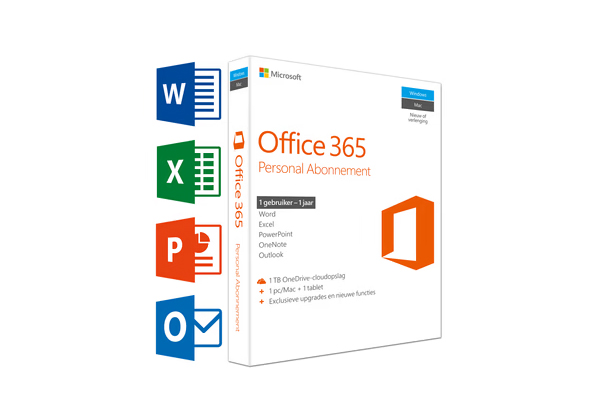O365 Migration
Migrating to Office 365 (O365) involves transitioning an organization's email, collaboration tools, and productivity suite to Microsoft's cloud-based platform. Office 365 offers a range of applications such as Exchange Online, SharePoint Online, Teams, and more, enabling businesses to enhance communication, collaboration, and productivity in a cloud environment.
During an Office 365 migration, Acorn typically assess their current email system, plan the migration strategy, and execute the transition while ensuring data integrity and minimal disruption to business operations. Migration to Office 365 can include moving mailboxes, files, contacts, calendars, and other data to the cloud, using tools like Microsoft's own capabilities or third-party solutions.
By migrating to Office 365, organizations can leverage the benefits of cloud computing, including increased flexibility, scalability, accessibility, and enhanced security features offered by Microsoft. Office 365 migrations empower businesses to modernize their communication and collaboration tools, improve efficiency, and foster better connectivity among employees, ultimately driving productivity and business growth.

Assessment and Planning
Evaluate your current email system, identify users and data to be migrated, and define migration goals and scope. Assess network readiness and user training needs.
Create an Office 365 Account
Set up an Office 365 account and subscription based on your organization's needs, such as Business, Enterprise, or Education plans.


Choose Migration Method
Select the appropriate migration method based on your current email system (e.g., IMAP, cutover, staged, hybrid) and the complexity of your migration.
Prepare Data for Migration
Clean up data, archive old emails if needed, and ensure data integrity before migrating mailboxes, contacts, calendars, and other information to Office 365.


Execute the Migration
Use Microsoft's native migration tools like the Exchange Admin Center or third-party migration tools to migrate data to Office 365. Monitor the migration process and address any issues promptly.
Configure Office 365 Settings
Set up user accounts, permissions, security settings, email routing, and other configurations in Office 365 to align with your organization's requirements.


User Training and Support
Provide training to users on new Office 365 features, email settings, and collaboration tools. Offer support resources and guidance to help users transition smoothly to the new platform.
Testing and Validation
Conduct thorough testing post-migration to ensure that data is migrated accurately, email services are functioning correctly, and users can access and use Office 365 effectively.


Maintenance and Optimization
Monitor Office 365 performance, security, and user feedback. Optimize configurations, automate routine tasks, and implement best practices for ongoing management and maintenance.
By following these steps and leveraging Office 365 migration tools and resources, organizations can successfully migrate to Office 365, empower their workforce with modern collaboration tools, and enhance productivity and communication in a cloud-based environment.